What Is a Reactive Ball? Urethane VS Reactive
Choosing the right bowling ball can make a huge impact on your game. This post will look into reactive bowling balls, what they are made of, and how they can help you improve your game. Read on to find out.
If you're an experienced bowler, you probably already know that there are essentially three types of bowling balls available: urethane, reactive, and plastic/resin. Each of the three has benefits and drawbacks of their own. However, reactive balls are renowned for having a superior grip, giving the bowler greater control over the ball. It may be challenging to determine whether a ball is reactive; to be certain, you may need to test it out on the lanes and observe how it performs.
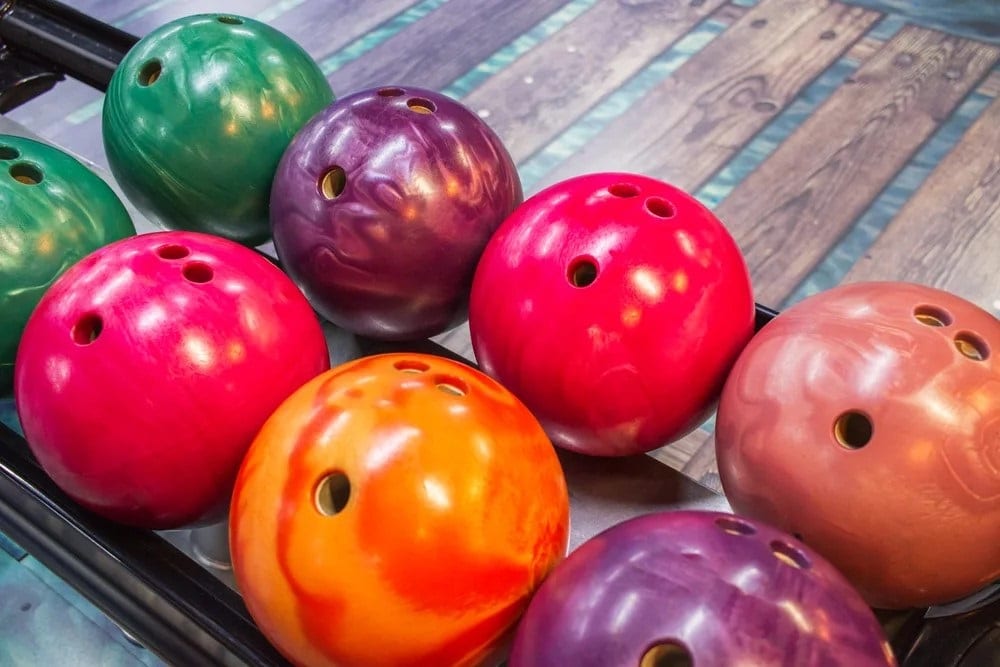
In this article, you'll discover everything there is to know about reactive bowling balls, including how to identify them and the benefits of including them in your arsenal.
What is a reactive ball made of?
Reactive balls are made from a mixture of resin and urethane. The reactive balls are much sought after because of the unique features made possible by their material composition. Due to this composition, the ball has a hard coverstock, primarily due to the urethane component. By improving the ball's grip on the lane, the resin gives you greater control and consistency over the ball's movement. As mentioned pior, the other bowling balls are made primarily from resin and urethane. Since all reactive balls share the same basic components, spotting one might be challenging, especially for new bowlers.
Urethane vs reactive: which is better?
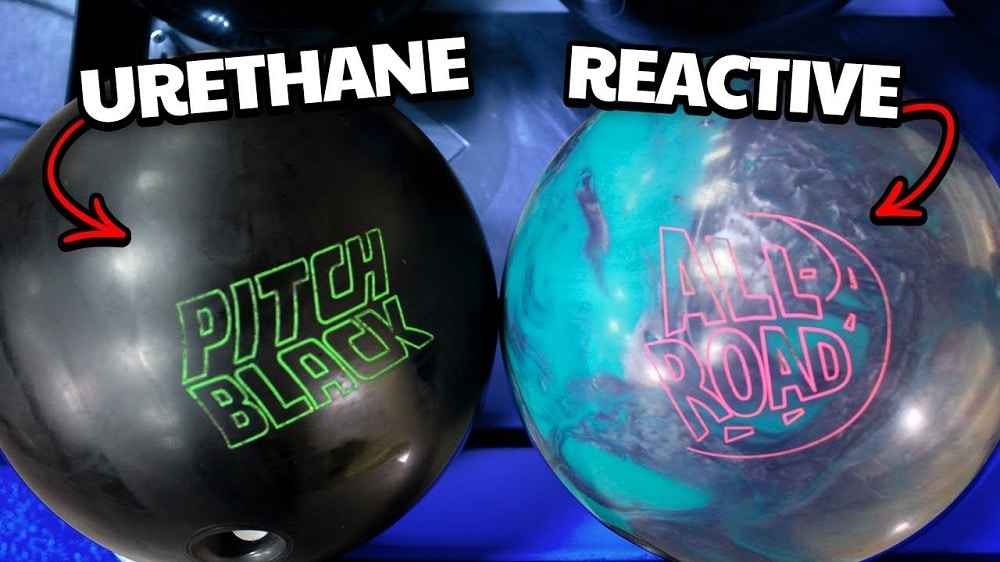
By now you are aware that bowling balls come in three distinct coverstocks that include plastic, urethane, and reactive resin. But which is better between urethane and reactive resin bowling balls? Here’s what you need to know:
1. Durability: Urethane balls are built strong and durable when compared to reactive resin balls.
2. Bowler skill level: Whereas urethane balls are best suited for beginners, intermediate, as well as experienced bowlers, the reactive resin types are best for a single category of gamers. Simply put, reactive resin bowling balls are best suited for seasoned bowlers. If you are only getting started, urethane bowling balls are a better choice.
3. Hook potential and pin action: Reactive resin balls have a higher hook potential compared to urethane bowling balls. Similarly, reactive resin balls have a higher pin action capability compared to urethane balls.
4. Pricing: because of their superior properties, reactive resin balls cost more compared to urethane bowling balls.
From the above quick comparison, it’s clear that both urethane and reactive resin bowling balls have their strengths and weaknesses. As such, the decision as to which is better is dependent on what aspect of the bowling game you are interested in.
When to use reactive resin bowling balls

Unlike urethane or plastic bowling balls which can be used by bowlers of different skill levels, reactive resin balls are rather niche specific in the sense that they are best suited for experienced pros. Here are different types of use cases for reactive resin bowling balls:
- When in need of greater pin action and higher hook potential. Usually, reactive resin balls have a significantly higher hook potential which leads to better pin action compared to urethane and plastic bowling balls.
- If you are a professional bowler. Seasoned bowlers tend to have a preference for reactive resin balls over plastic or urethane ones.
- When bowling on overly oiled lanes, reactive resins balls are the best. And that’s because they absorb oil better when compared to plastic or urethane balls.
- If you are interested in scoring a strike inside a pocket. Hooking the ball inside a 1,3 or 1,2 pockets is the best way to score a strike.
How to know if a ball is reactive
It can be challenging to discern from a ball's appearance alone whether or not it is reactive. To know if a ball is reactive, you would have to test it out on the lanes and observe how it performs.
One quick way of identifying if a ball is reactive is by observing how it behaves near the end of the lane—if the ball hooks sharply, it is more likely to be reactive. Reactive balls normally don't straighten out when on the lanes, so if the ball straightens out, it is more likely not to be a reactive ball. If you're shopping for a ball and aren't sure if it's reactive, just ask the salesman for assistance testing it.
What Are The Benefits Of Reactive Balls?
Here are just a few of the many advantages of using reactive bowling balls.
- Low margin of error: Reactive bowling balls have more traction on the alleys, which gives them more rotational spin as they strike the pins. As a result, the ball has more centrifugal force and generates more force when it impacts the pins. Overall, this makes the bowler more accurate.
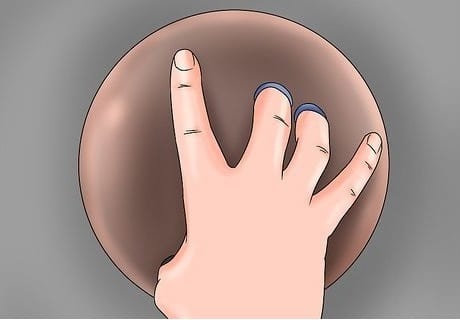
- Great hook: One of the primary benefits of using reactive balls is the great hook compared to urethane and resin balls. This is due to the ball's increased ability to hook considerably because of its increased grip on the lanes. This is especially true in the 15 feet closest to the pins at the back of the lanes.

- Performance: Reactive Resin Balls increase the likelihood of high-performance hooks by forming a stronger link between the beads and the hook. The resin is non-toxic and can hold up to various water conditions, making it ideal for various fishing styles. The resin is also buoyant, helping to keep the bait closer to the surface of the water and making it easier to detect by fish.
What Are The Drawbacks of Reactive Bowling Balls?
Although reactive bowling balls provide many advantages, you should be aware of a few disadvantages as well. We'll discuss a few negative aspects of reactive balls below.
- Expensive: Compared to their non-reactive counterparts, reactive balls are around $30 more expensive. Remember that this sum is subject to change based on the make and model of the ball you purchase. However, the more expensive price tag for a reactive ball is definitely worth it because it offers greater performance when compared to a non-reactive ball. Reactive balls have higher hook potential because they react better to the oil on the lanes. This makes them ideal for bowlers who are looking for increased performance.
- Less durable: Durability is one of the primary factors not to be overlooked when purchasing a bowling ball. Due to the composition of materials used in making reactive balls, they tend to be heavier and thus less durable than resin and urethane balls. Reactive balls also have a softer coverstock than non-reactive balls and thus show tear more quickly than non-reactive balls.
Should You Get A Reactive Ball As A Beginner?

If you're just starting out, you might need to decide whether or not to use a reactive bowling ball. If you weigh the pros and cons of reactive balls, you might be able to make a more informed decision. On one hand, reactive bowling balls give you more control and performance than resin and urethane balls. This is a great boost for any new player as it will make you play more easily and comfortably. Reactive bowling balls, however, are more expensive than other balls; therefore, they might not be economical for beginning bowlers. Additionally, reactive bowling balls are less durable and heavier than usual; managing them can be challenging for new bowlers.
Pro Tip!
- A plastic or urethanebowling balls are best for beginners who are just getting started with bowling. Professional bowlers are better off with reactive resin bowling balls.
- Hybrid reactive resin bowling balls offer a balanced blend of solid and pearl reactive coverstocks. These types of reactive resin bowling ball are designed to provide a bowler with the benefits associated with both shiny solid as well as pearl coverstocks.
How Long Do Reactive Balls Last?
Since reactive bowling balls are not known for being reactive, you may be wondering how long they last. A good quality game ball can last anywhere from 120 to 300 games, depending on how well you take care of it. You'll need to keep the ball in good condition through regular cleaning and maintenance if you want it to last as long as possible.
Cleaning and maintenance of reactive resin bowling balls
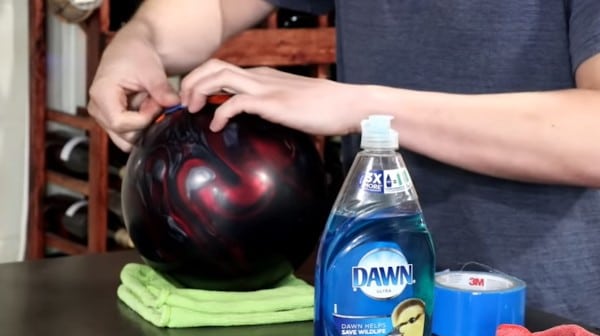
Like all gaming gears, bowling balls also need to be maintained in order to last longer and server you, the bowler, better. That being said, here are some tips regarding how to clean and maintain a reactive bowling ball:
1. Get ready all your cleaning materials:
You will need a microfiber cloth, cleaning detergent, hot water tub, and the dirty reactive resin bowling ball. Don’t forget to also bring a long a polish spray.
2. Rubbing stage
Start by soaking the microfiber cloth in soapy water and then use it to rub the surface of the dirty reactive resin bowling ball. Ensure you rub till all the gunk is removed from the ball’s surface.
3. Oil removal stage
Once you are done scrubbing the surface of the ball, next dip the ball in the hot water tub. Reactive resin balls have a significantly high capacity to absorb oil. The hot water is ideal for removing all the gunk and grime that’s absorbed inside the pores of the bowling ball. Once the ball is adequately soaked, use the microfiber cloth to rub it further.
4. Finishing touch
Once you are done with the rubbing and oil removal phases of the cleaning process, next air dry the clean reactive resin ball and then use the polishing spray to give it that final shiny glean.
Bottom Line
Reactive bowling balls are a great option if you are looking for great performance and more performance from your ball. Keep in mind that reactive balls can be quite difficult to identify, especially if you are not buying them new. If you want to be absolutely sure that the balls you're purchasing are reactive, you should try them out beforehand or have an assistant help you. So are reactive balls worth it? Depending on your search criteria, the answer to this question will vary. An investment in a reactive ball is worthwhile if you're searching for a ball with improved control and hook potential.
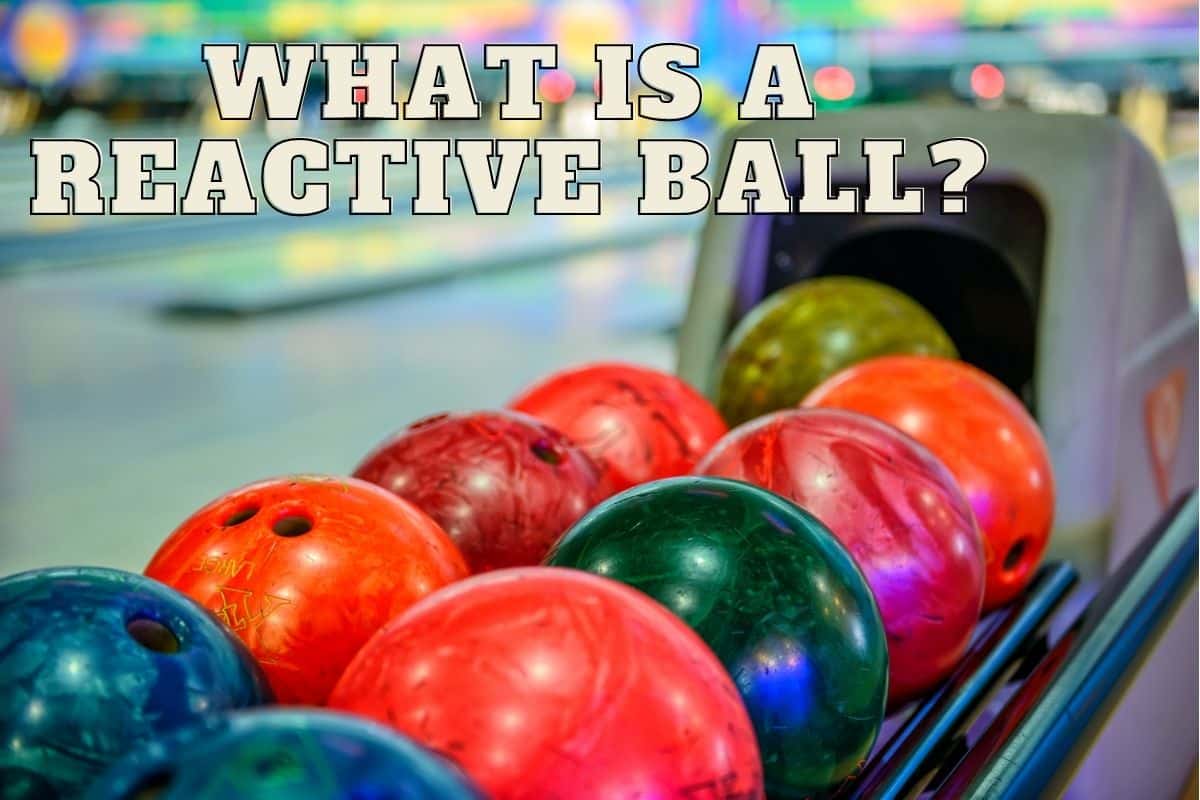
![How Much Do Professional Bowlers Make? [Avg Salary]](https://www.bowlingknowledge.com/wp-content/uploads/2023/02/How-Much-Do-Professional-Bowlers-Make-768x512.jpg)
![What are the Four Basic Shots in Bowling? [Strike Them]](https://www.bowlingknowledge.com/wp-content/uploads/2023/03/What-are-the-Four-Basic-Shots-in-Bowling-768x512.jpg)
![Is Bowling Bad for Baseball Players? [Bad fot Pitchers?]](https://www.bowlingknowledge.com/wp-content/uploads/2023/03/Is-Bowling-Bad-for-Baseball-Players-768x512.jpg)
![How To Resurface Bowling Ball [Finishing Guide]](https://www.bowlingknowledge.com/wp-content/uploads/2023/01/Bowling-Ball-Resurfacing-768x512.jpg)
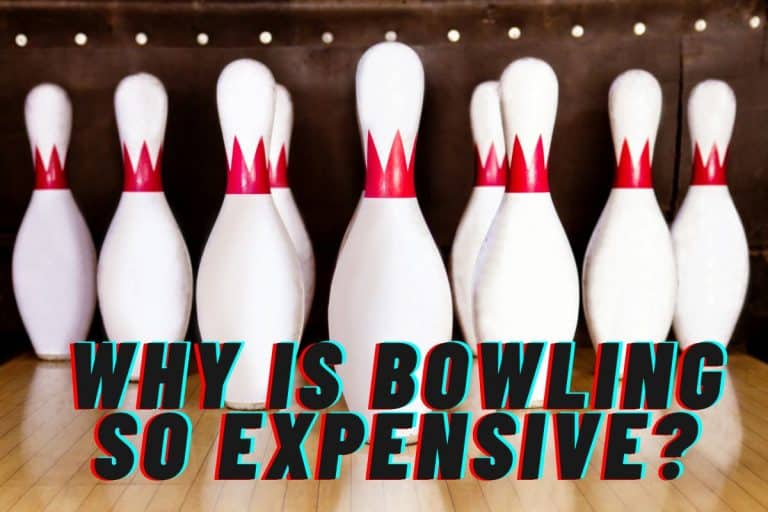
![Bowling Oil Patterns [Different Types Explained]](https://www.bowlingknowledge.com/wp-content/uploads/2023/02/Bowling-Oil-Patterns-Explained-768x512.jpg)